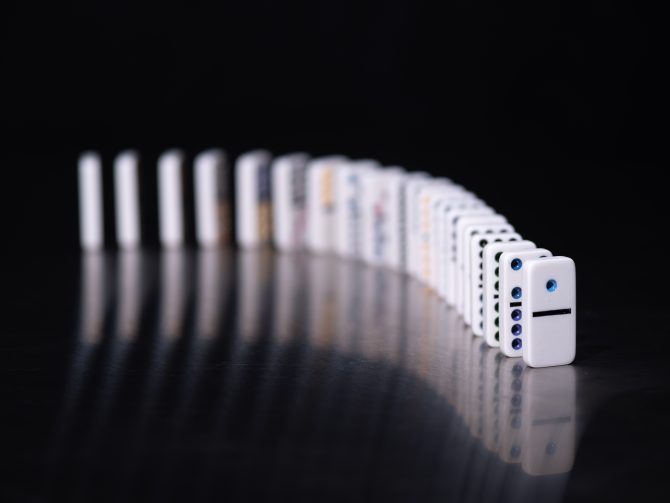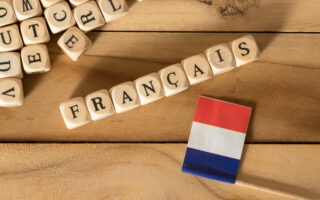French Adjectives: Singular or Plural?
Essential Reading


In our first article on French adjectives we looked at various ways of changing masculine forms of adjectives to feminine forms – this time we take a look at how to make an adjective plural.
If a noun is in the plural, the adjective that modifies it must also be in the plural.
PLURAL FORMS OF ADJECTIVES
As in English, the usual way to form a plural is by adding -s to the singular form. Here are a few examples:
petit – petits (m.); petite – petites (f.) – small
long – longs (m.); longue – longues (f.) – long
difficile – difficiles (m. and f.) – difficult
Masculines adjectives ending in -eau or -eu add -x to form the plural:
beau – beaux (m.) – beautiful, handsome, attractive
nouveau – nouveaux (m.) – new
(The feminine forms of these adjectives just add -s.)
Masculine adjectives ending in -s or -x stay the same in the plural. Examples are dangereux (dangerous), heureux (happy), ennuyeux (boring), gros (fat) and frais (fresh).
Some masculine adjectives ending in -al change this ending to -aux in the plural, for example:
loyal – loyaux (m.) – loyal
royal – royaux (m.) – royal.
There are, however, some adjectives ending in -al that just add -s to form the plural. Some examples are fatal, final and naval.
With thanks to Elizabeth Allen
Learn French with FrenchEntrée
Whether you’re a second-home owner or an expat living in France, learning French is an essential part of integrating into local life. FrenchEntrée is here to help with our handy verb and vocabulary lists, essential French phrases, and top tips and advice for learning French.
Share to: Facebook Twitter LinkedIn Email
By FrenchEntrée
Leave a reply
Your email address will not be published. Required fields are marked *



